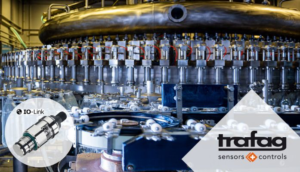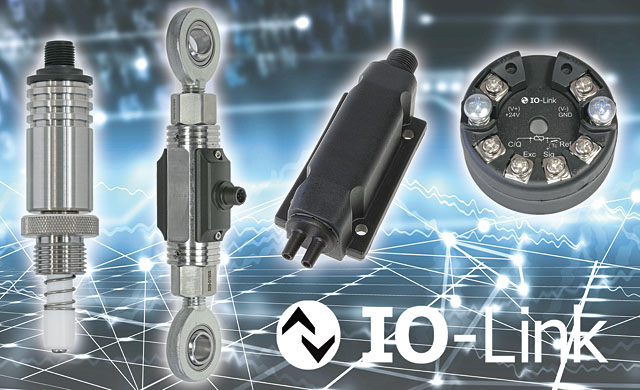Open and bi-directional communication protocol IO-Link
IO-Link is relatively new. Yet the number of products with an IO-Link interface is growing rapidly.
With good reason: because the bi-directional communication protocol is independent of vendor or bus system. Any sensor or actuator with an IO-Link interface can thus be seamlessly integrated into an Industrie 4.0 application.
Especially for industrial automation applications, a wide variety of products have been developed in recent decades. The problem soon arose that products from different manufacturers were difficult to integrate into one system. In particular, communication between them and with the control system sometimes required creative tricks of the trade.
Standardization
As Industry 4.0 began to take serious shape, manufacturers also realized the need for standardization. Among other things, this led to the development of IO-Link. Basically a simple, open and serial communication protocol that connects sensors and actuators in the field with each other and the upstream digital control. Because the "point-to-point" protocol is independent of manufacturer or bus system, any component with an IO-Link interface can be incorporated into such a system. Thereby the measurement and switching signals are communicated, precisely, digitally and thus loss-free.

Exchange of signals
IO-Link is further a bi-directional, serial protocol. This means that various types of signals can be sent from the sensor to the controller or actuator as well as vice versa.
Data sent from the sensor concern first of all the measurement signals for the purpose of control - for example, temperature, pressure or force. In addition, however, error messages (such as wire breakage) or status messages can also be transmitted. This type of data therefore makes sensors with IO-Link ideally suited to make processes transparent and to quickly diagnose faults. Machines are thus idle for less time which contributes to productivity and availability. By logging the data and building up a history, the data is also valuable for scheduling maintenance at the right time.
The ability to send data from the controller to the sensor offers advantages especially in the context of commissioning or configuration. By saving the settings, sensors can also be exchanged quickly and error-free.
Program Müller Industrie-Elektronik
Marktechnical's range of components with IO-Link includes several from manufacturer Müller Industrie-Elektronik. They complement the existing series of temperature, pressure and force sensors. Through IO-Link, these components offer the control, diagnostic and monitoring functions just discussed that make processes transparent and insightful and increase machine availability.
In doing so, the company also offers a communication module with which analog sensors can also be linked via IO-Link. The module, actually a kind of adapter, is currently available for all standard 3-wire Pt100 elements and thermocouples. The round transmitter is built into the sensor and locally converts the analog signal into a digital signal that can then participate fully in the process via IO-Link.
See website: www.io-linksensors.com




